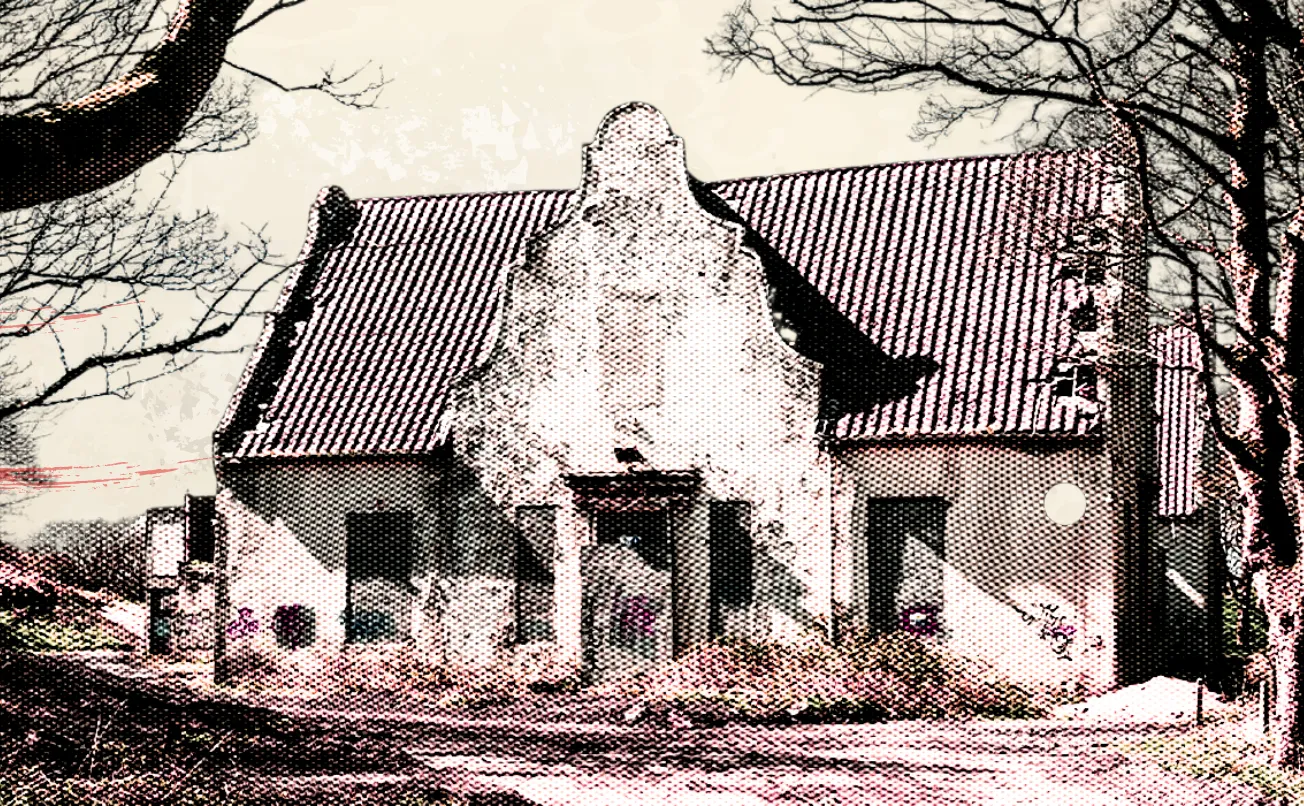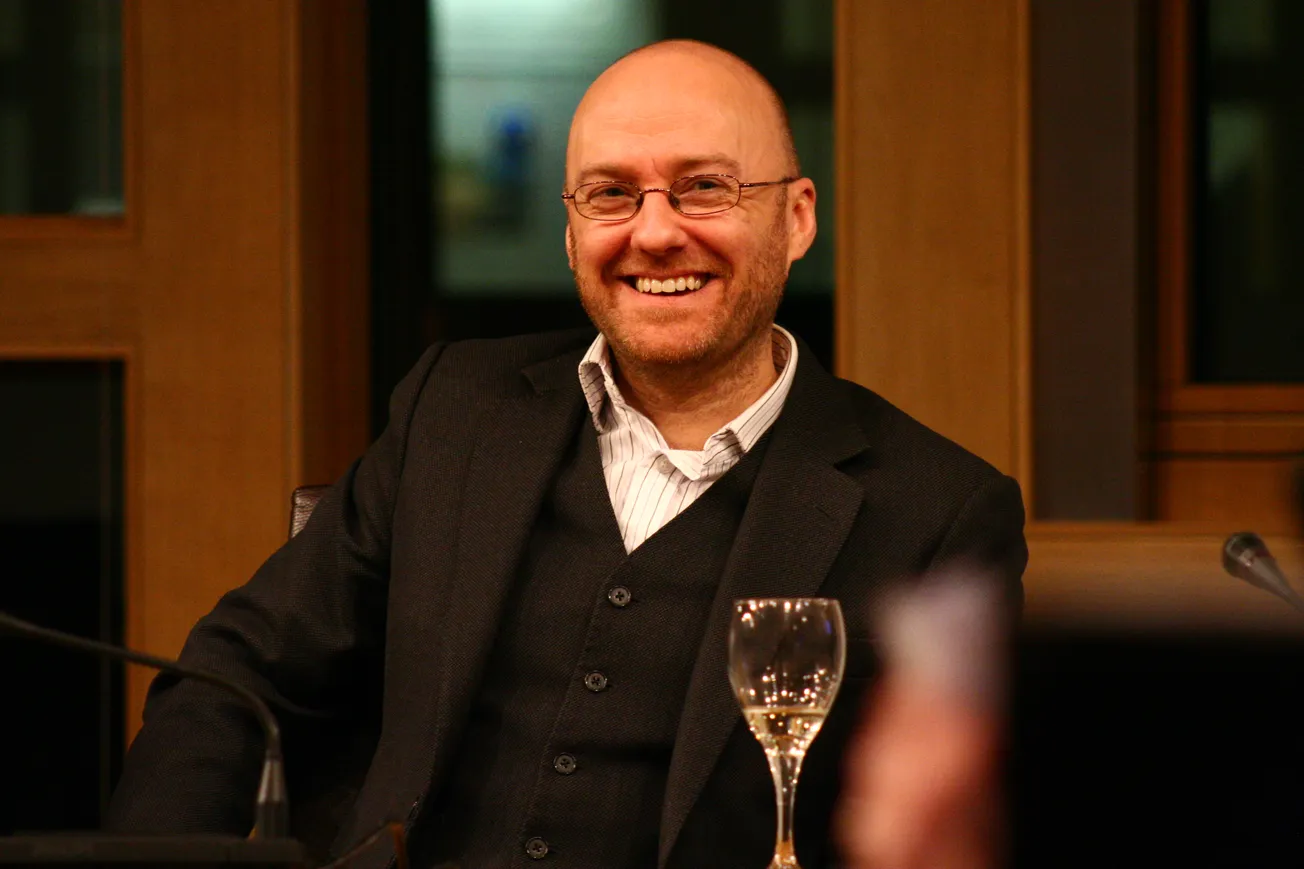Dear readers — earlier this year, another of Glasgow’s historic buildings was demolished to much outcry. Except this time, the B-listed structure was actually in North Ayrshire.
Africa House cheated death multiple times, firstly when it escaped destruction after appearing as in Glasgow’s 1938 Empire Exhibition. Rebuilt brick-by-brick in Stevenston, it was used as a canteen for workers employed by an arm of one of Britain’s biggest manufacturers: ICI Chemicals.
But confusion reigns around the circumstances that saw Africa House torn down in February. Locals think it was a corporate plot by a developer seeking to build flats on the land. Journalist Margaret Taylor has dug into the story — and discovered a surprising twist in the tale…
This story took Margaret from Glasgow to North Ayrshire and London. That’s miles and money — all paid for by readers like you. We’re on a mission to prove there’s still a future in independent, in-depth local journalism and every subscription counts.
We’ve already got 500 people backing us with their wallets, but we need to hit 1000 by the end of the year. If you’d like to be part of the movement resurrecting local news, answerable only to readers, sign up for less than £10 a month today, using the big red button below.
It’s the bluebells that have stuck in Jean Frew’s memory. Heading out for lunch each day she’d cross a small wood to the staff canteen. In the springtime the trees were surrounded by a carpet of deep violet-blue and it was, she says, a glorious sight.
The wood from her memories is still there and when we visit together in mid-March the bluebells are on the verge of flowering. But the building that housed the canteen — known better as Africa House — is gone, the victim of a surprise demolition pushed through at the end of last year. Though she scrambled to try to save it, Frew’s pleas to local councillors went unanswered. “Before you could blink and before anything could be done, it was down,” she says. “Within a matter of days it had gone from there being the potential to save the fascia to it being a pile of rubble.”
As we look down on the remnants of Africa House, Frew is full of contempt for those who allowed it to fall. For her, the building had represented much more than a relic of her working life; it was the last tangible link to the foundations her home town had been built on. She believes — with good reason — that its destruction may be the result of corporate subterfuge. The truth, I discover, might just be stranger than conspiracy.
Glasgow's lost building
Now in her sixties, Frew has lived her entire life in Stevenston, one of the Ayrshire coast’s famous Three Towns, whose boundaries have blurred as they’ve expanded and grown. That expansion can in large part be put down to Alfred Nobel, who, long before he became synonymous with peace prizes and literary endeavours, developed explosives on Ayrshire’s Ardeer peninsula.
“He and his brother began developing dynamite for use in mining and needed a big, secure site for test blasting,” Frew, a member of the Friends of Stevenston group, tells me. “The peninsula was perfect for that because it’s so remote — on one side there’s the estuary and on another the sea.”
With the advent of World War I the Nobel site became the biggest munitions factory in the world, and the biggest employer in the area around Ardeer. Many thousands worked there at its peak and every family in the area had a link. Frew’s grandmother met her grandfather there after travelling from Sweden to keep house for Carl Olof Lundholm, Alfred Nobel’s first site manager; her mother worked in munitions as part of the war effort.
By the time Frew was employed on the site it had expanded into chemicals after being taken over by manufacturer Imperial Chemical Industries. She worked for Bank of Scotland, which was kept so busy handling pay packets at ICI that it built a branch in the grounds. It was from that branch that Frew would go for lunch in Africa House, the vast Dutch-style barn ICI constructed so staff had a place to eat and — upstairs — executives had a place to be silver-served.
Friends of Stevenston have taken a special interest in Africa House since ICI pulled out of Ardeer in the 1990s. As a distinctive building it had always stood out. With most of the site cleared when the factory closed down, it took on a particular significance. “Africa House was the last bit of history that was still there, the last connection to ICI and the Nobels,” Frew says. When the building was demolished, Frew wasn’t the only one in the community to be devastated. “Everybody wanted it to be restored,” she adds.
But the story of Africa House is not just tied up with Stevenston’s cultural history; it is part of Glasgow’s heritage too. Before it was resurrected as the ICI dining room and canteen, the building started out as the Union of South Africa Pavilion at the Glasgow Empire Exhibition of 1938. It was, Glasgow City Heritage Trust director Niall Murphy says, of huge significance as an emblem of the city’s industrial past.
Held in Bellahouston Park and opened by the king, the Empire Exhibition was a very big deal for Glasgow, then still known as the Second City of Empire. But the empire at that point was in decline and the local economy, which was heavily reliant on manufacturing goods to export to the British colonies, was suffering. The exhibition was, Murphy says, an opportunity for Glasgow to “show what it was made of”.
Comments
How to comment:
If you are already a member,
click here to sign in
and leave a comment.
If you aren't a member,
sign up here
to be able to leave a comment.
To add your photo, click here to create a profile on Gravatar.





